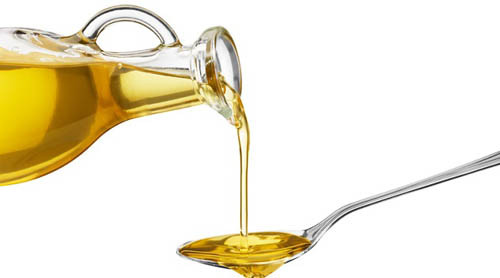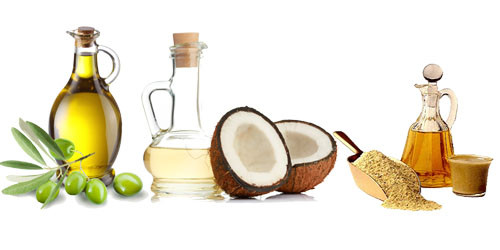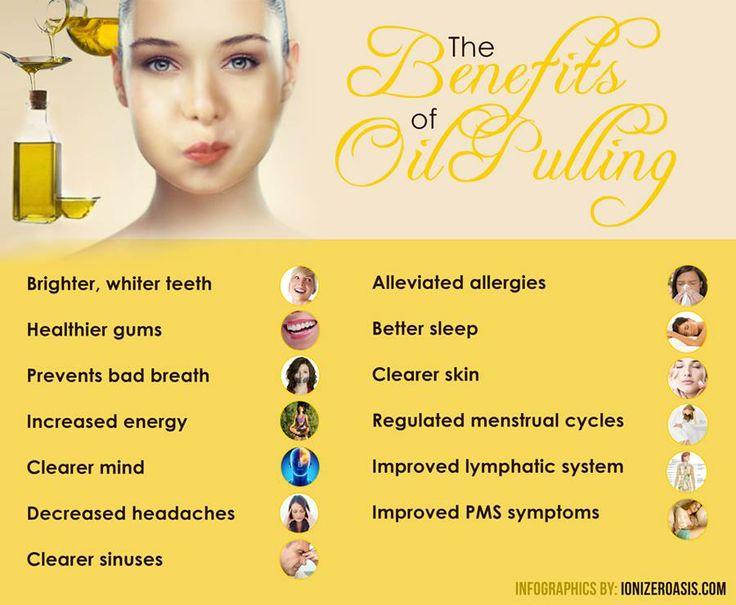
Oil pulling, sometimes referred to as Oil swishing is an ayurvedic folk remedy where oil is swished (kavala graha) and pulled around the mouth for oral hygiene. Advocates of the technique of oil pulling extol its virtues as being capable of improving oral and systemic health with many benefits. From headaches and migraines to diabetes and acne, oil pulling has many different health giving properties, based around its ability to remove toxins and reduce inflammation.
Contents
Ayurvedic roots
Rooted in traditional Ayurveda, gargling treatments like oil pulling known as kavala graha and gandusha, are prescribed to recalibrate imbalances of various doshas (energy ‘flow’ within the body). The way in which Ayurveda differs from most Western medicine is that it does not recommend blanket treatments or cures for everybody. Instead procedures and treatments are tailored to suit individuals. There are three doshas, and some people are predisposed to a more dominant dosha, which determines what health care will be prescribed, including dental health.
Ayurvedic literature prescribes sesame oil as a medicinal fluid; recommended to reduce a dry mouth; decreasing inflammation and associated burning sensations in the mouth. It is both a preventative and reductive medicine.
Modern oil pulling
Adopting its modern title in around 1990, oil pulling was popularized in the early 90s by Tummala Koteswara Rao in Bangalore, South India. Rao actively purported oil pulling as an ancient Ayurvedic practice that could help promote oral health and hygiene, as well as remedying other ailments within the body.
Whilst traditional ayurvedic writings prescribe sesame oil for oil pulling, coconut oil is more commonly used in the western world for several reasons – not least of which that it tastes better! Learn more about the secrets of coconut oil here!
How does it work?
Research and literature suggests that the oil provides a surface layer that prevents plaque or bacteria adhering to teeth. In addition, keeping the mouth well lubricated is suggested as a key way to eliminate bacteria colonization. Oil pulling essentially increases the secretion of saliva, whilst utilizing the salivary glands as powerful detoxifiers. Saliva basically traps the toxin within the oil particles, which must be spat out and not swallowed. This way all of the toxins are removed from the mouth.
In addition, the prolonged and forceful mechanical action involved in oil pulling helps dislodge bacteria and undigested food particles from the deep crevices within the mouth, tongue and throat. This in turn helps to keep the mouth sterile and more sanitary, as these crevices tend to be areas in which bacteria colonization occurs.
Ultimately, oil pulling moisturizes gums, preventing dry mouth from occurring.
Which oil?

Like I said before, in traditional scriptures, sesame oil is recommended, but this can be costly and difficult to find in some areas. Essentially any vegetable based oil can be used, such as olive, avocado, sesame, walnut and coconut. Both olive and coconut oils work out to be the most cost effective, whilst coconut oil boasts a range of additional benefits to the immune system, mental health and overall systemic healing, and tastes better too.
Additionally, coconut oil has strong antibacterial properties, which help to achieve the sterile and bacteria free oral care. Coconut oil containsplenty of easily digestible, fat-soluble vitamins: A,D,E and K. Vitamin A boosts the immune system, Vitamin E is an antioxidant for the skin, providing minimal protection against UV rays, whilst Vitamin D strengthens bones and teeth. Vitamin K is an anticoagulant; reducing blood-clotting. It is commonly thought to help reduce bad cholesterol in the body as well.
Because coconut oil is bought in a solid form, a top tip here is to allow the oil to melt a little in your mouth before swishing it. Having a hot drink of green tea prior to pulling helps heat your mouth up, in order to melt the oil a little, increasing its viscosity.
Whichever oil you decide on using, you can add a few drops of sage, clove or tea tree oil in order to increase the antibacterial effects and to add a flavour. Ensure these are 100% oils, preferably organically grown.
How do I do oil pulling?
After deciding on which oil to use, take a 25ml tablespoon of oil and swish, suck and gargle it around your mouth for about 20 minutes, twice a day.
There is no need to use the same level of ferocity and aggression as you do when gargling mouthwash, as you will be doing it for the much longer duration of 20 minutes. Since this seems like quite a long time, I recommend doing it whilst occupying yourself with other tasks. Reading the papers, taking a shower, getting dressed or fixing your hair are all effective ways you can use the time to multitask, so you don’t feel as though it’s taking up excess time.
As you ‘pull’, the amount of oil will almost double in size because saliva and toxins will become part of the mixture. Do not swallow it, as it is full of the bacteria and toxins you are trying to remove. To consume it would result in the opposite of the desired effect.
After 20 minutes, spit out all of the oil out into the garbage. Avoid spitting into the sink because some oils, such as coconut, can solidify and cause issues in the drainage! Next, swish a saline solution around your mouth. You can make this by combining warm water and salt. Finally, brush and floss as per your regular routine, and there should be no residue from the oil.
What are the benefits of oil pulling?
Previously we have mentioned the oral hygiene benefits of oil pulling, which are detailed further below. In Ayurveda, the benefits are not limited to those around the mouth; also helping alleviate headaches, migraines, hangovers and a range of other ills.
Detoxifying
Germs and bacteria are subtle poisons to the body, which cause inflammation and lead to diseases. As a permanently operable entrance, the mouth is effectively a gateway for contamination. As such, this method for removing the toxins prevents them from entering the body.
Whiter teeth
Rich in natural antibiotic and antiviral properties, coconut oil brightens and cleans teeth and surrounding gums.
Increased energy
All of the hard work it takes for our immune system to kick in and clear out toxic waste from the body can be really exhausting and depletes energy levels. Removing toxins through oil pulling revitalizes your energy levels.
Reduced headaches and migraines
Many factors can contribute to the occurrence of headaches and migraines, just one of which can be when the body is experiencing toxic stress. Oil pulling helps to eliminate toxins, which in turn can reduce headaches.
Clearer skin
Again the removal of toxins from within the body allow the natural processes to occur. As such, skin regulates itself and rashes and blemishes can clear up entirely through oil pulling.
Reduces plaque bacteria
Oil pulling has been proven to be highly effective at reducing tooth cavities. In addition to freshening breath, the removal of the Streptococcus mutans bacteria (a master player in tooth decay) helps to keep the mouth fresh and clean. Eradicating the bacteria also leads to fresher breath. It also helps with plaque-induced gingivitis.
Increases lymphatic drainage
The lymphatic system extends throughout the whole body, and part of its job is to eliminate toxins. When this is being initiated at source through the mouth, then it optimizes the lymphatic drainage system within the body.

Overall, there are several benefits to using this simple and effective technique to improve your health and oral hygiene. As with any recommendation, if you have any serious health problems, you should visit a doctor or dentist for advice.